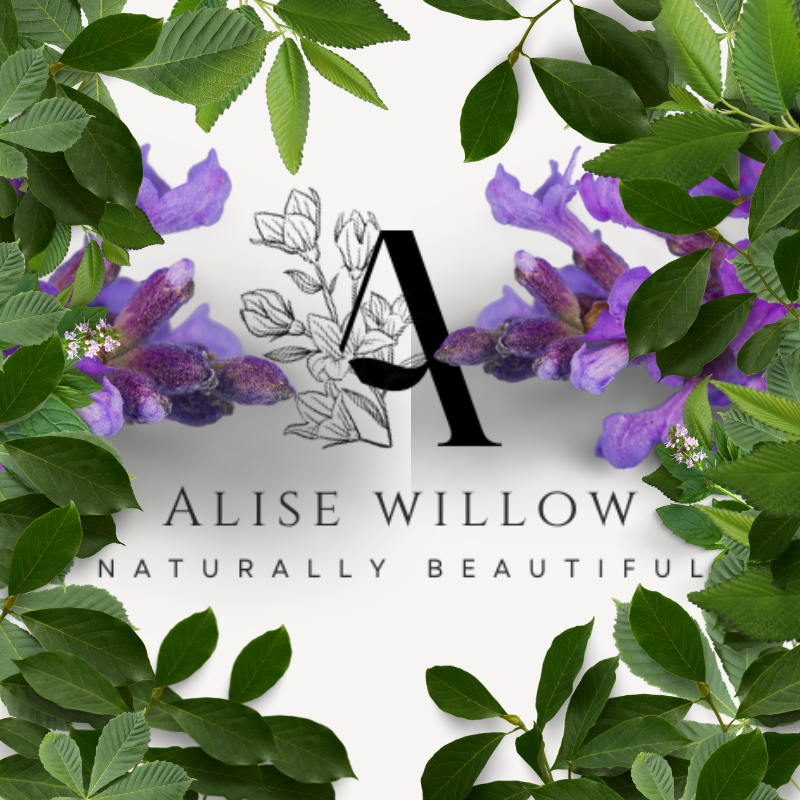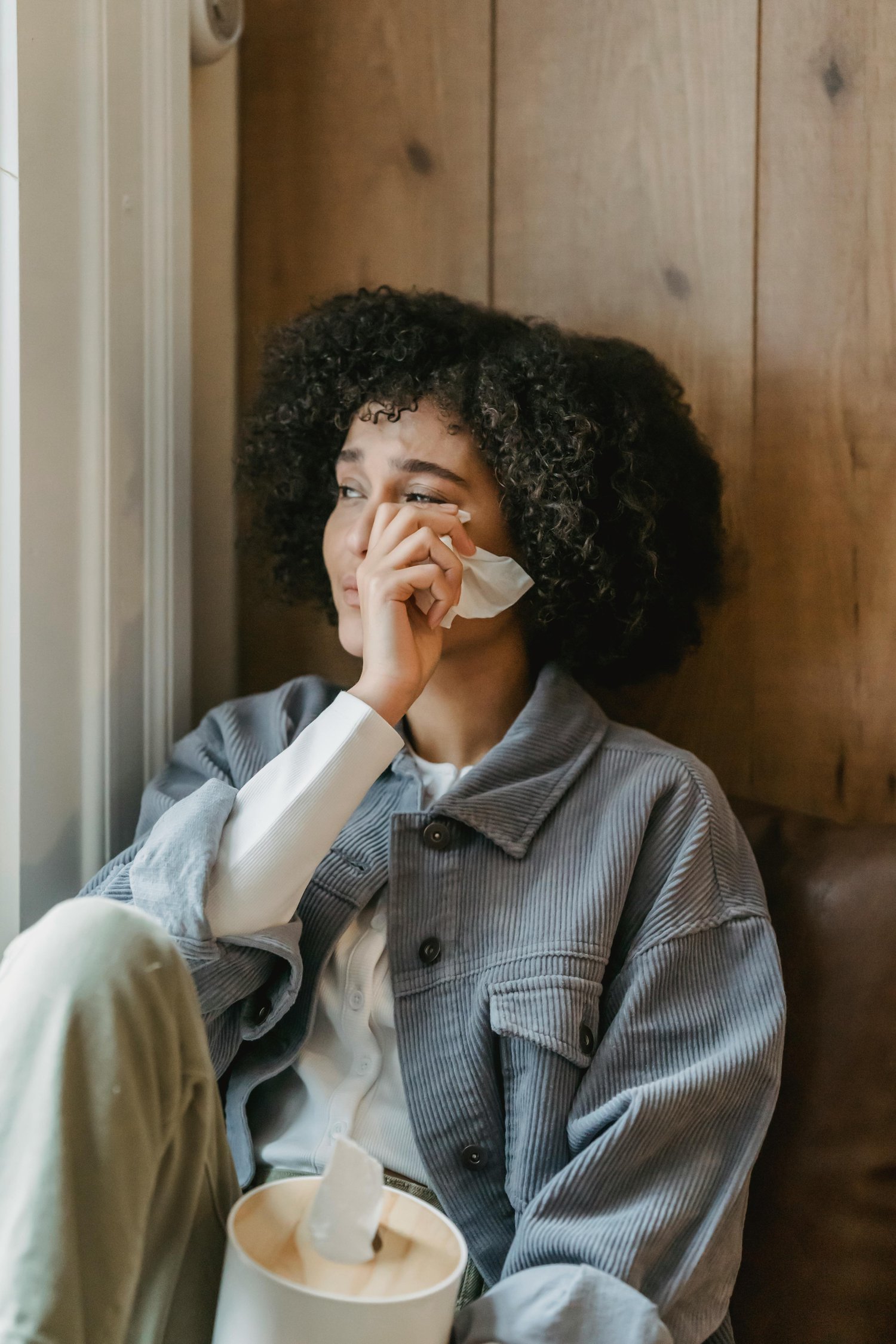Introduction: It’s Cry Time, Baby
Let’s face it—crying gets a bad rap. It’s been called weak, dramatic, unprofessional... and by toddlers everywhere, a lifestyle. But here’s the truth: crying is one of the most powerful, sophisticated, and surprisingly science-backed forms of emotional hygiene we humans have. It’s like Mother Nature’s built-in pressure valve—except instead of steam, you release your dignity through your eyeballs.
So grab a tissue (or three), and let’s talk about tears: where they come from, why they matter, and why crying just might be your body’s underrated superpower.
The Origins of Tears: More Than Just Leaky Eyeballs
Tears aren’t just water with emotional baggage. There are actually three kinds of tears:
- Basal tears: Your eyeballs' daily moisturizer—always working, never complaining.
- Reflex tears: Triggered by onions, wind, and existential dread.
- Emotional tears: The Oscar winners of the tear world—complex, mysterious, and full of meaning (Vingerhoets, 2013).
Your lacrimal glands, located above each eyeball, are responsible for producing these different types of tears. And yes, they are very good at multitasking.
Why We Cry: Evolution’s Way of Saying “Let It Out”
Crying has evolutionary roots that go way back—possibly as far back as baby dinosaurs (okay, maybe not quite that far). But scientists believe emotional crying evolved to signal distress and elicit care from others (Nelson, 2005). It’s like the body’s natural “I need a hug” ringtone.
Even cooler? Emotional tears contain stress hormones like ACTH and natural painkillers like leucine enkephalin (Frey, 1985). Translation: your tears are literally trying to heal you.
The Health Benefits: Cry It Out Like a Champ
If crying were a gym class, it’d be full-body cardio for your nervous system. Here's what a good cry can do:
- Reduces stress by flushing out cortisol (Gračanin et al., 2014)
- Improves mood—people often report feeling “lighter” after a sob session
- Lowers blood pressure and slows heart rate post-cry (Hendriks et al., 2007)
- Boosts immunity by releasing toxins and emotional buildup (Vingerhoets, 2013)
Basically, tears are like emotional kombucha: weird, watery, and surprisingly good for your gut and soul.
The Spiritual Benefits: Cleansing More Than Just the Eyes
Across cultures and belief systems, crying is seen as a sacred act. In the Bible, tears are often associated with prayer, release, and divine connection: “You keep track of my wandering. Do collect my tears in your skin bottle. Are they not recorded in your book?” (Psalm 56:8, New World Translation). Even God’s got a tear jar.
Spiritually, crying can:
- Release emotional and spiritual blockages – The tears that flow can help clear the emotional weight that weighs down your heart, creating space for deeper peace and a stronger sense of connection to what brings you calm and clarity.
- Deepen self-awareness (reveal what’s hidden) – Sometimes, what you’re holding inside is clouding your vision. Crying helps you process those buried feelings, bringing insight and allowing you to see yourself with more understanding and compassion.
- Activate compassion—for yourself and others—by softening your heart and embracing empathy. As you release your own emotions, crying can foster a sense of empathy, helping you connect more deeply with others and their experiences.
- Draw you closer to your Creator and His guidance—In surrendering your emotions, you create space for peace, healing, and clarity. It’s an opportunity to realign, reflect, and find strength in the quiet moments of connection.
Some even say tears are prayers when words fall short—God hears every single one, even the messy ones that come with snot and hiccups.
Crying in Daily Life: How to Use It Without Scaring the Neighbors
Like salt, crying is best used in moderation—but don’t be afraid to season liberally when needed. Here’s how to cry well:
- Schedule a cry sesh like it’s self-care (because it is).
- Pair it with journaling, music, or prayer.
- Use it to process, not wallow.
- Be safe, not performative—cry for yourself, not social media.
- Honor it like a sacred act, not a breakdown.
Need a cry buddy? Your dog. Always your dog.
What Crying Solves (Besides Making You Look Puffy and Mysterious)
Tears have surprisingly practical applications:
- Breaks emotional gridlock
- Improves communication in relationships
- Softens pride and opens vulnerability
- Releases stored trauma and grief
- Alleviates anxiety and burnout
- Creates space for clarity and spiritual insight
Basically, if you’re feeling overwhelmed, stuck, spiritually crusty, or one spilled coffee away from snapping—crying is nature’s reset button.
Final Thoughts: Tears Are Holy Water
Crying is not weakness—it’s emotional detox with a built-in skincare boost. Whether you’re grieving, healing, overwhelmed, or just watching a sad commercial involving a golden retriever, your tears are a sign that you’re alive, connected, and still feeling. And that, friend, is something to celebrate—not suppress.
So go ahead: cry pretty, cry ugly, cry quietly, cry loudly. But whatever you do—let it flow. Your health, your spirit, and your sanity will thank you.
🌿 Join the Wellness Insider Circle — Free VIP Content, Exclusive Discounts & Monthly Boosts 🌿
Subscribe for free to receive the latest blog updates, a bonus lesson that expands on themes from our courses, eGuides, and eBooks—but isn’t included in any of them (because who doesn’t love exclusive VIP content?)—plus 15% off your next wellness product and a monthly check-in email to support your path (like a warm, encouraging tap on the shoulder—minus the awkward contact). No fees—just insight, encouragement, and holistic guidance delivered with care (and zero pressure sales pitches or weird infomercial vibes). Click here to subscribe for free.
Quiz: How Well Do You Understand Tears?
1. What is the main message of the article's introduction?
a. Crying should be avoided in public settings.
b. Crying is a sign of weakness and unprofessionalism.
c. Crying is a natural and powerful form of emotional hygiene.
d. Only toddlers benefit from crying.
2. What are the three types of tears mentioned?
a. Sad, angry, and happy
b. Physical, emotional, and hormonal
c. Basal, reflex, and emotional
d. Internal, external, and transitional
3. What gland is responsible for tear production?
a. Thyroid gland
b. Pituitary gland
c. Lacrimal gland
d. Pineal gland
4. According to the article, why did emotional crying evolve?
a. To clean the eyes
b. To signal distress and attract care
c. To control blood pressure
d. To distract predators
5. What do emotional tears contain that help reduce stress and pain?
a. Glucose and calcium
b. Cortisol and serotonin
c. ACTH and leucine enkephalin
d. Water and salt
6. Which of the following is NOT listed as a health benefit of crying?
a. Boosts metabolism
b. Lowers blood pressure
c. Reduces stress
d. Improves mood
7. Spiritually, crying can help someone:
a. Fall asleep faster
b. Gain financial success
c. Deepen self-awareness and connect to the divine
d. Become immune to sadness
8. How does the article suggest you treat crying in daily life?
a. Hide it as much as possible
b. Use it as a tool for social attention
c. Use it with moderation and intention
d. Avoid it unless you're alone
9. Which of the following is a practical benefit of crying?
a. It helps with weight loss
b. It eliminates the need for therapy
c. It improves communication and releases trauma
d. It guarantees instant happiness
10. What is the final takeaway of the article?
a. Crying makes you look mysterious and attractive
b. Crying should only be done in private
c. Crying is a holy and healing act, not a sign of weakness
d. Crying solves all problems instantly
Answer Key
1. c. Crying is a natural and powerful form of emotional hygiene.
2. c. Basal, reflex, and emotional
3. c. Lacrimal gland
4. b. To signal distress and attract care
5. c. ACTH and leucine enkephalin
6. a. Boosts metabolism
7. c. Deepen self-awareness and connect to the divine
8. c. Use it with moderation and intention
9. c. It improves communication and releases trauma
10. c. Crying is a holy and healing act, not a sign of weakness
Nourish & Reflect
1. What part of this article stood out most to you—and why? (AKA: What had you nodding like “Whew, that’s me”?)
2. Where in your life could you apply this wisdom today? (Your job? Your kitchen? That one group chat that tests your patience?)
3. What would change if you committed to this for a week? (Yes, just one week. We’re not building Rome, just emotional stamina.)
4. After applying this wisdom, what changes or benefits did you notice in your life? Were there any challenges or setbacks you faced? (Tell the truth: Did it go smooth, or did life throw a plot twist in the middle?)
5. How do you think you can overcome the challenges or setbacks you experienced? What support or tools might help you? (Access your inner life coach — yes, the one who drinks water, goes to bed on time, and remembers passwords. What would future-you suggest?)
6. Do you have any questions or thoughts about this article that you'd like to discuss further? (Or is your brain like, “Wait—can we talk about that one part again?”)
We’d love to hear from you! Your reflections aren’t just valuable—they’re powerful—like grandma’s advice that didn’t make sense until it did. Drop an insight (or three) in the comments below. What clicked? What cracked you open? What are you side-eyeing but lowkey know you needed to hear? Your words might be the gentle nudge someone else needs today—and hey, sharing is part of the healing too.
Share Your Thoughts—We’re Listening!
We want to hear from you! Whether you’re a devoted blog reader or just popped in while hiding from laundry duty, your thoughts help shape what we create next. Tell us what you loved, what made you think, or even what made you chuckle awkwardly at 2 a.m. It only takes a minute—quicker than brewing your morning herbal tea (and with fewer dishes). Click here to share your thoughts—because we’re all ears, hearts, and maybe a little chamomile. Your voice matters to us!
Disclaimer
This article and other content on this site are for educational and informational purposes only and are not intended to diagnose, treat, cure, or prevent any condition. Statements made on this site have not been evaluated by the Food and Drug Administration. Always consult with a qualified healthcare provider before making any wellness decisions. Please read our Disclaimer for full details.
Some materials on this site may include optional scriptural content and biblical insights, presented for educational and reflective purposes, and grounded in evidence-based research and scripture. Use of this content is voluntary and should be engaged with at your own discretion.
By accessing, reading, or using this content, you acknowledge and accept the terms set forth in our Blog Disclaimer, Health & Wellness Disclaimer, Terms & Conditions, and Shop Policies.
Bibliography
Frey, W. H. (1985). Crying: The Mystery of Tears. Winston Press.
Gračanin, A., Bylsma, L. M., & Vingerhoets, A. J. J. M. (2014). Is crying a self-soothing behavior? Frontiers in Psychology, 5, 502. https://doi.org/10.3389/fpsyg.2014.00502
Hendriks, M. C. P., Rottenberg, J., & Vingerhoets, A. J. J. M. (2007). Can the distress-signal and arousal-reduction views of crying be reconciled? Emotion, 7(3), 458–466. https://doi.org/10.1037/1528-3542.7.3.458
Nelson, J. K. (2005). Seeing Through Tears: Crying and Attachment. Routledge.
Vingerhoets, A. J. J. M. (2013). Why Only Humans Weep: Unravelling the Mysteries of Tears. Oxford University Press.
Watch Tower Bible and Tract Society of Pennsylvania. (2013). New World Translation of the Holy Scriptures. Watchtower Bible and Tract Society of New York, Inc.




Comments ()